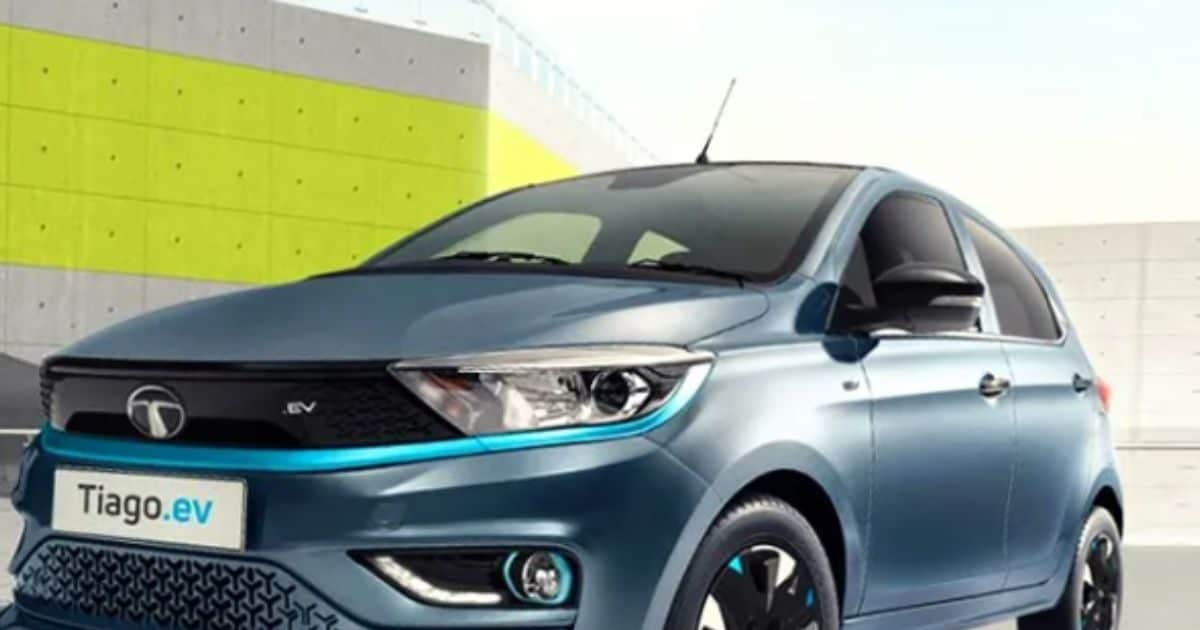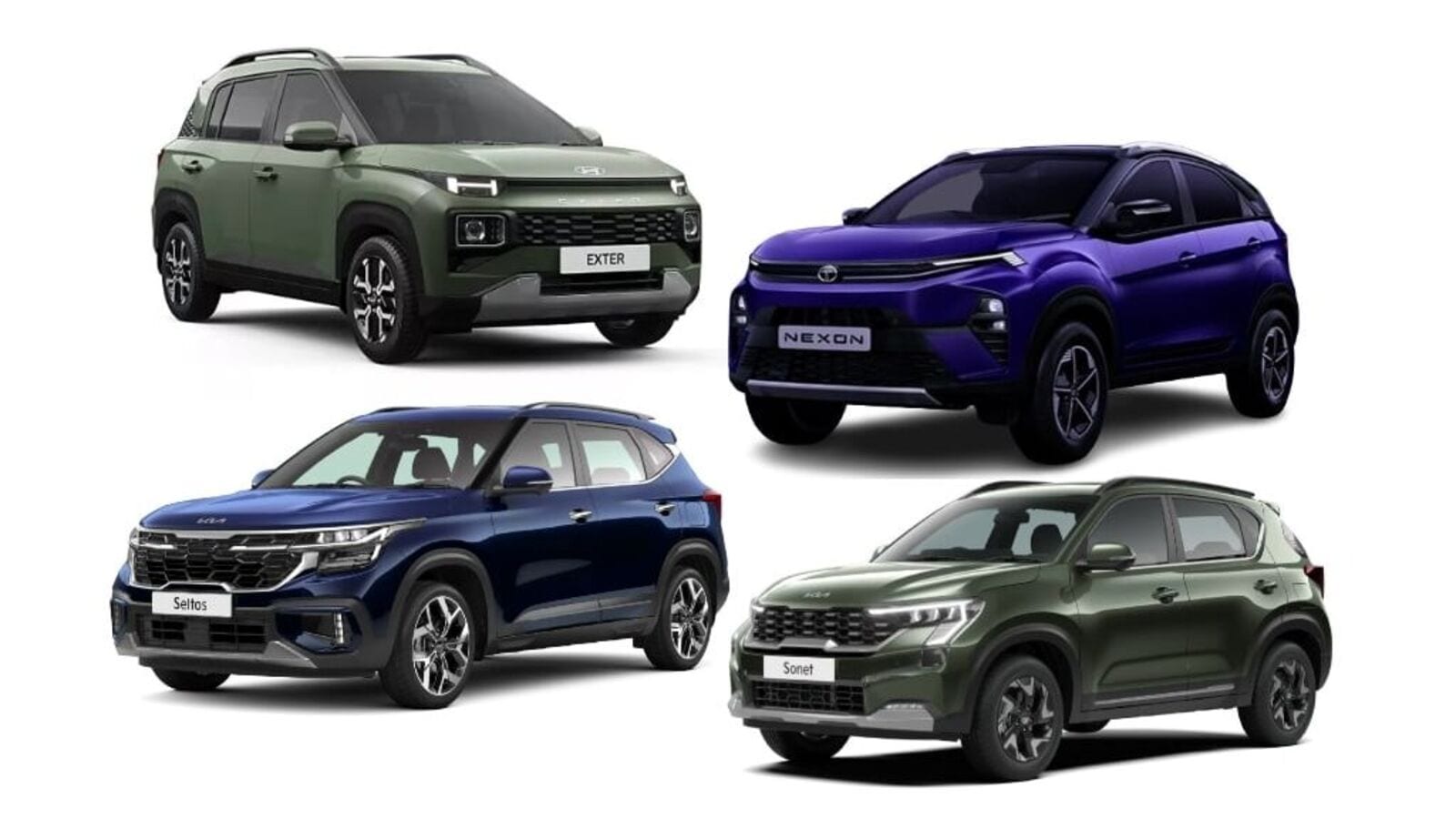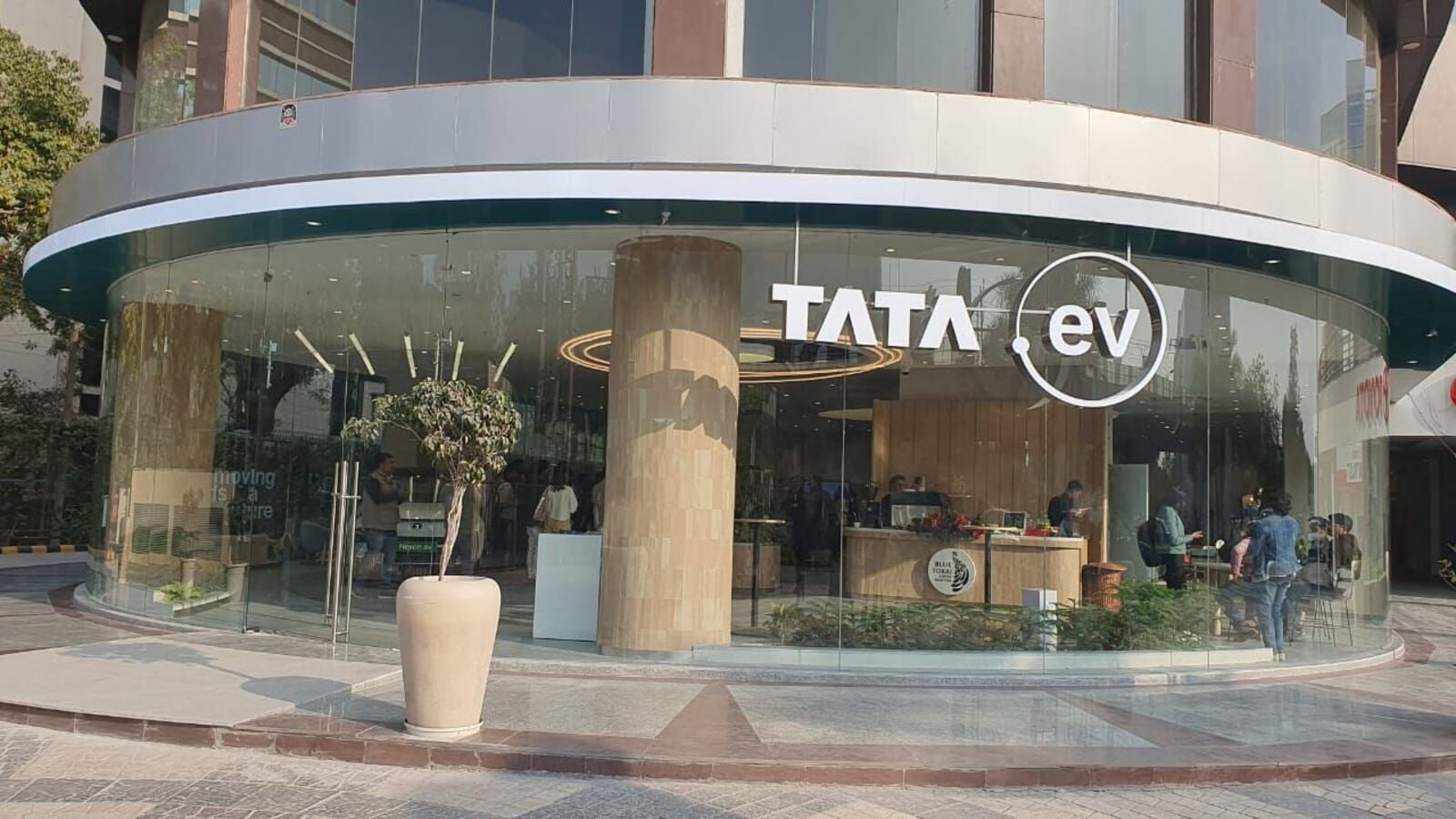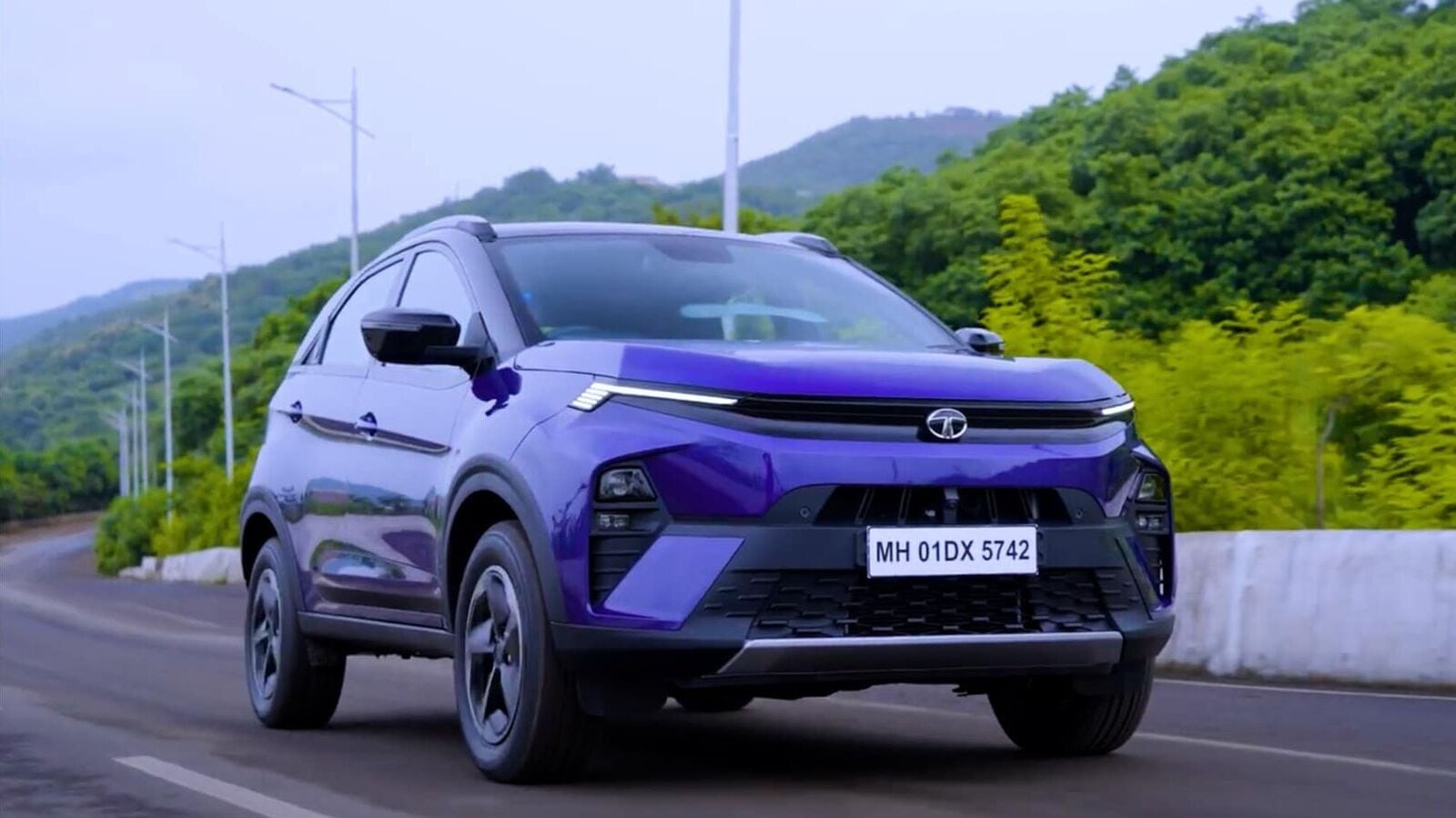New Delhi. There are many reasons for buying a car. Many people buy a car for daily commuting to office and for completing daily tasks, while many people buy a car for traveling and touring. But every person buying a car wants that the mileage of his car should be good. Due to the huge increase in the prices of petrol and diesel, the cost of driving has increased significantly. In such a situation, everyone wants to buy a car which gives good mileage and is also better in features.
The solution to our problem lies neither with petrol vehicles nor with CNG cars. In such a situation, only electric cars provide us an option where customers can save their money while driving the car. Today we are going to tell you about a car in which after traveling you will find even the metro fare expensive. Here we are going to tell you about Tata Tiago EV which is cheaper to run than a CNG car. Let us know how this is the best car for office goers.
Features and range of Tata Tiago
Before moving ahead, let us know what features the company is offering in Tata Tiago EV and what is its range. Talking about Tiago EV, its ex-showroom price starts from Rs 7.99 lakh and goes up to Rs 11.49 lakh (ex-showroom). Tiago EV comes in two variants. Its base model has a range of 250km on full charge and the top variant has a range of 315km.
Tiago EV so cheap to run!
The top variant of Tiago EV has a 24kWh battery. The average public charging cost in many places is Rs 18 per kilowatt hour. Accordingly, it will cost Rs 450 to fully charge the battery. If the cost of driving the car per kilometer is calculated then it is only Rs 1.43. If you drive Tiago EV 1500 kilometers in a month (average 50Km daily), then the cost of driving it for a month will be Rs 2,145. Whereas if you drive it 20,000 km in a year then it will cost Rs 28,000.
Now if we compare it with the petrol-powered Tiago. Tiago petrol has a fuel tank of 35 liters, according to the mileage of 18.42 km, the full tank range will be approximately 645 km. At the price of petrol at Rs 100 per litre, you will spend Rs 3,500 for 35 liters of fuel. That means the cost of driving a car one kilometer on fuel is around Rs 5.42. Whereas, if you drive it 1500 kilometers in a month then you will spend Rs 8,130 on fuel. Whereas if the car is driven 20,000 kilometers, the fuel cost will be Rs 1,08,400.
There will be tremendous savings throughout the year
By comparing the cost of running both the cars, you can easily find out how light the Tiago EV will be on your pocket. This electric car can save about Rs 80,000 in a year compared to any petrol car. If you want to buy a car for going to office which has low running cost, then Tiago EV will prove to be the best for you.
Tags: auto news, electric vehicles
FIRST PUBLISHED: September 27, 2024, 15:25 IST







